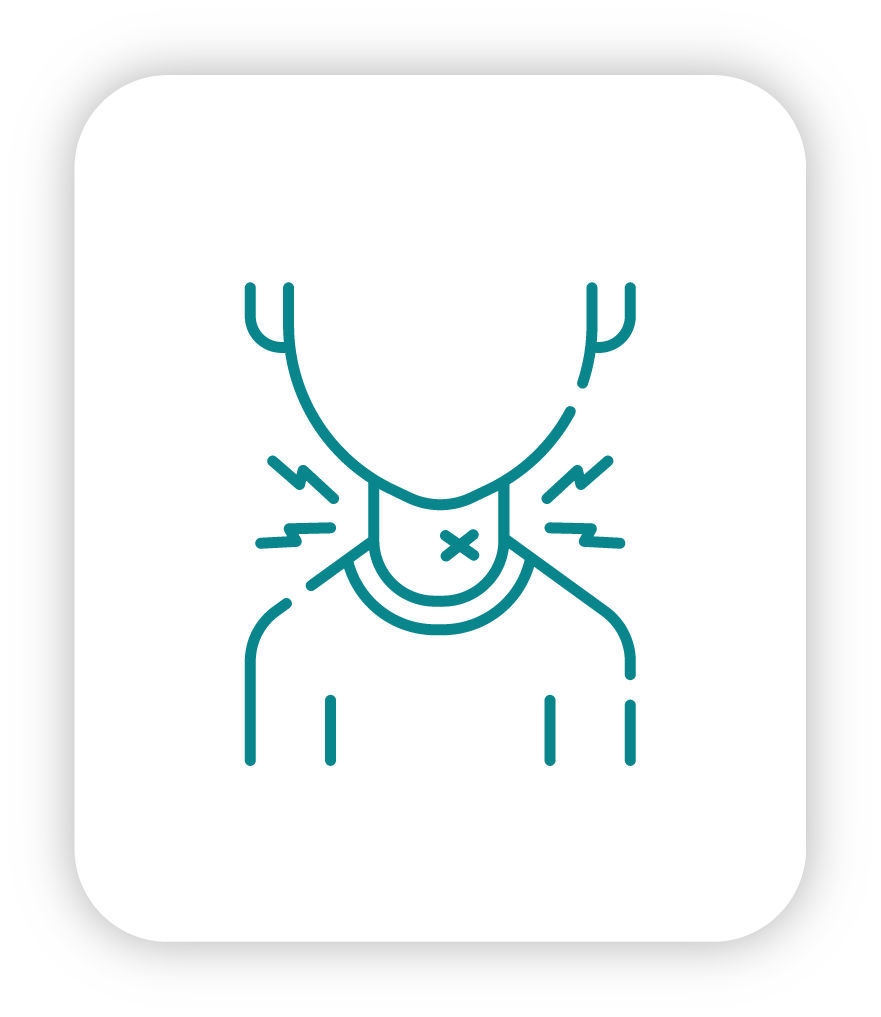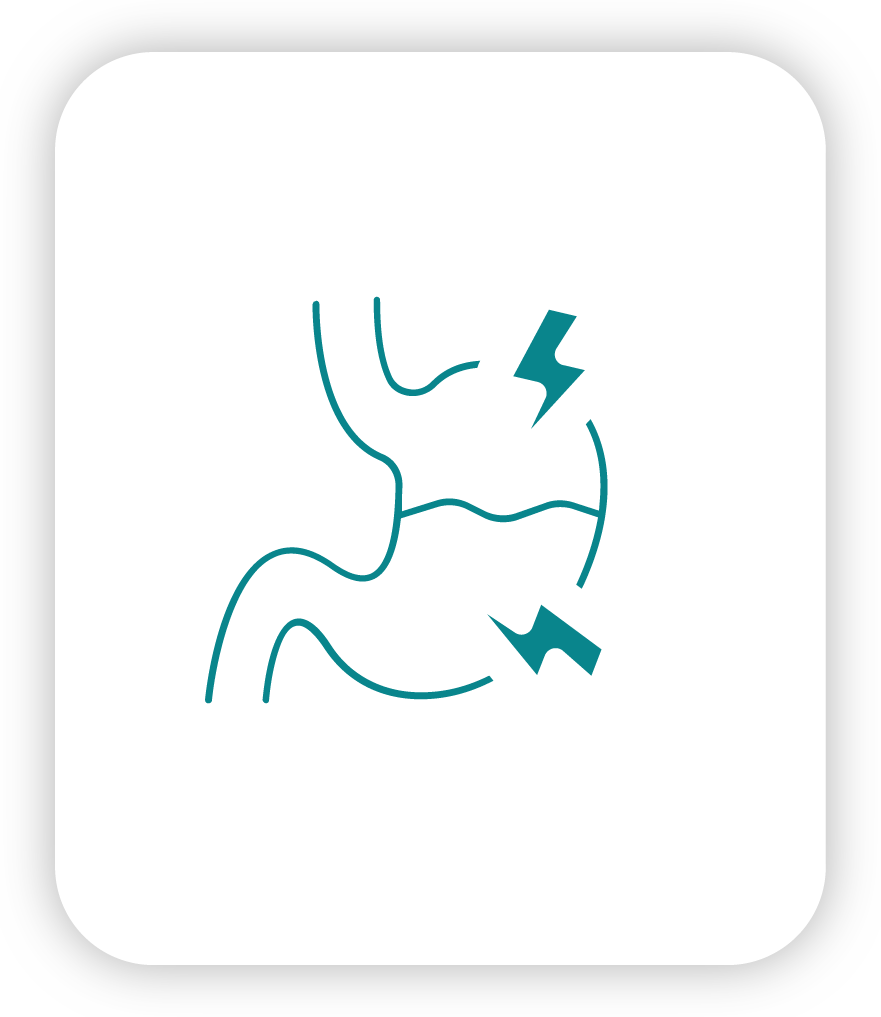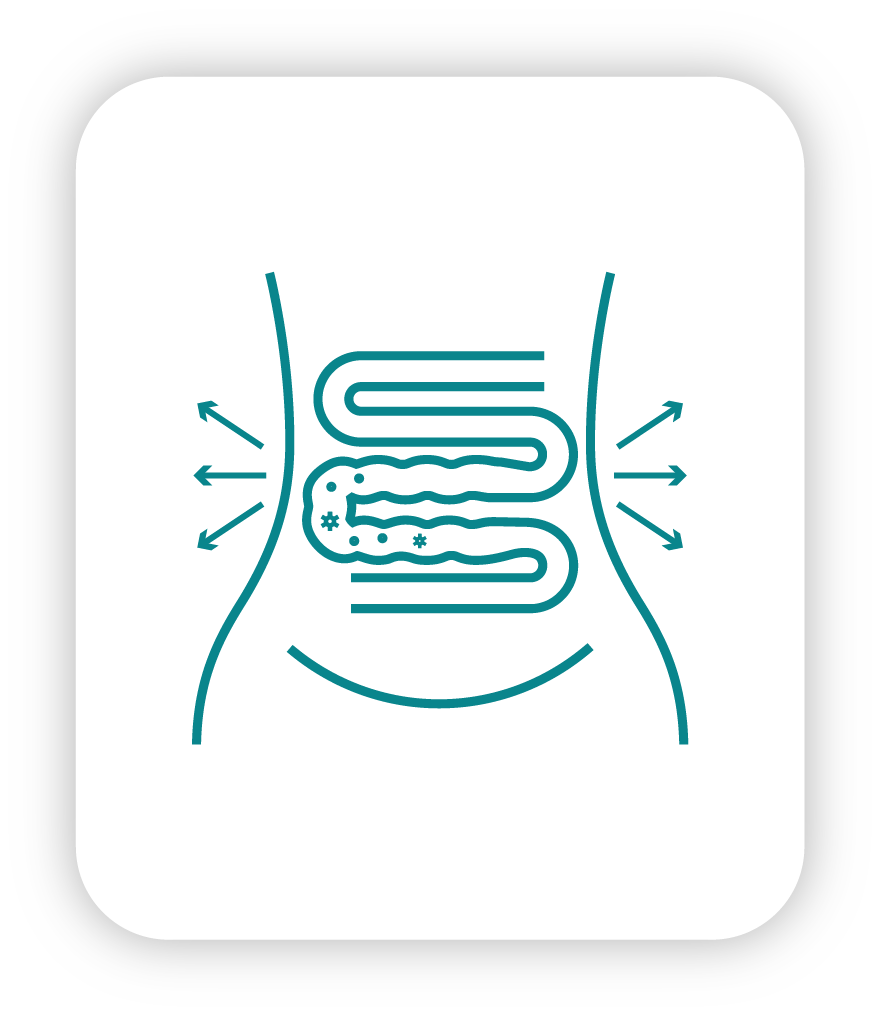

What is burn level
There are three primary types of burns:
first, second, and third degree.
Each degree is based on the severity of damage to the skin, with first-degree being the most minor and third degree being the most severe.
- First-degree burns:
-red, no blistered skin
- Second-degree burns:
- blisters and some thickening of the skin
- Third-degree burns:
- widespread thickness with a white, leathery appearance.
- There are also fourth degree burns.
This type of burn includes all of the symptoms of a third degree burn and extends beyond the skin into tendons and bones.
Burn Treatment
Most minor burns can be treated at home. They usually heal within a couple of weeks.
COOL THE BURN:
Hold the burned area under cool (not cold) running water or apply a cool, wet compress
until the pain eases. Don't use ice. Putting ice directly on a burn can cause further damage to the tissue.
REMOVE RINGS OR OTHER TIGHT ITEM:
Try to do this quickly and gently, before the burned area swells
DON'T BREAK BLISTERS:
Fluid-filled blisters protect against infection. If a blister breaks, clean the area with water (mild soap is optional).
BANDAGE THE BURN:
Cover the burn with a sterile gauze bandage (not fluffy cotton). Wrap it loosely to avoid putting pressure on burned skin. Bandaging keeps air off the area, reduces pain and protects blistered skin.
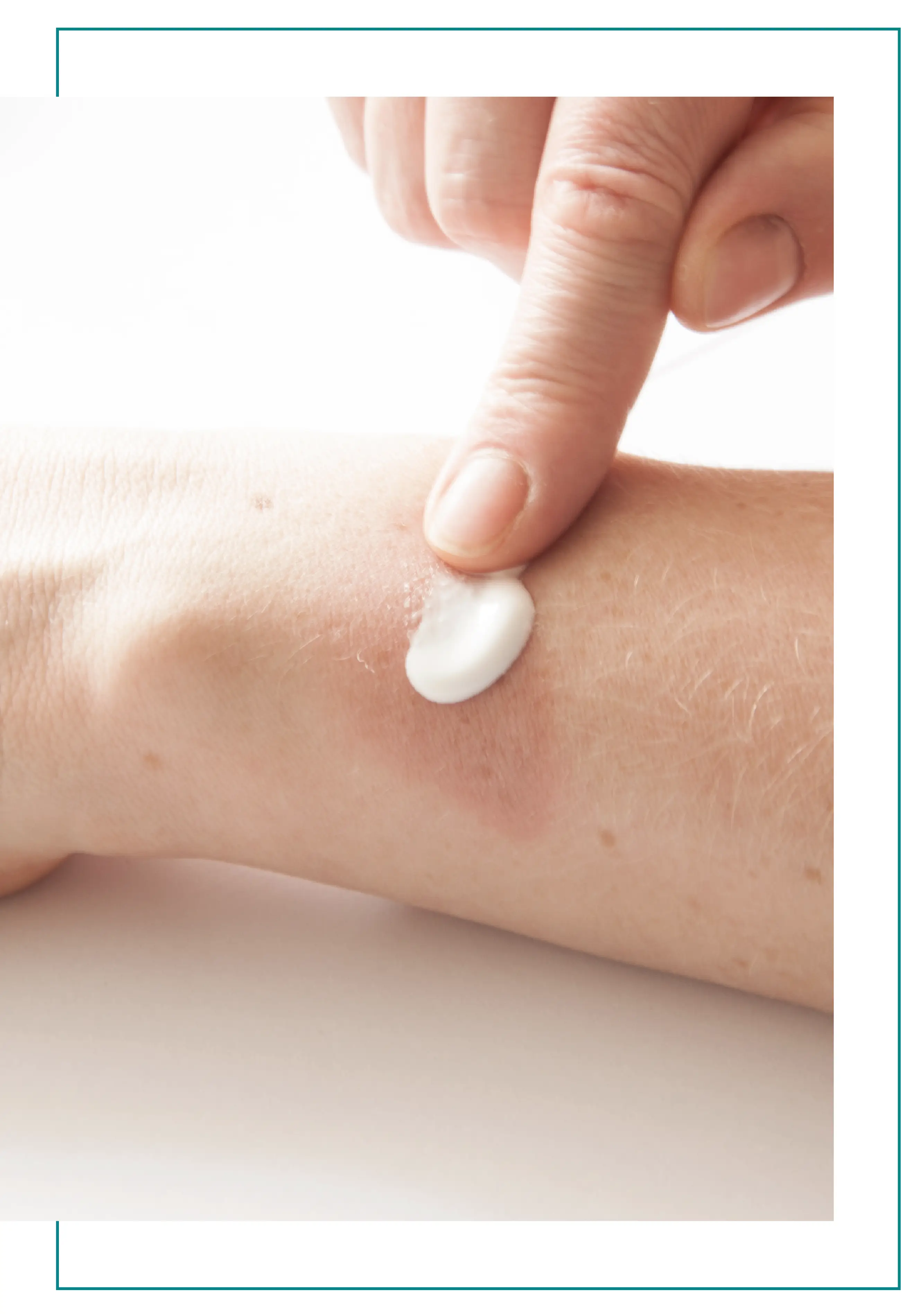
TAKE A PAIN RELIEVER:
Over-the-counter pain relief medications can help relieve pain.
USE SKIN HEALING PROMOTING MEDICATION:
To promote skin healing process and prevent scar formation

* Before beginning any type of treatment regimen. Always consult with a licensed healthcare professional for a specific medical advice about diagnosis or treatments, especially if you are pregnant, breastfeeding, or have any Special medical condition.


















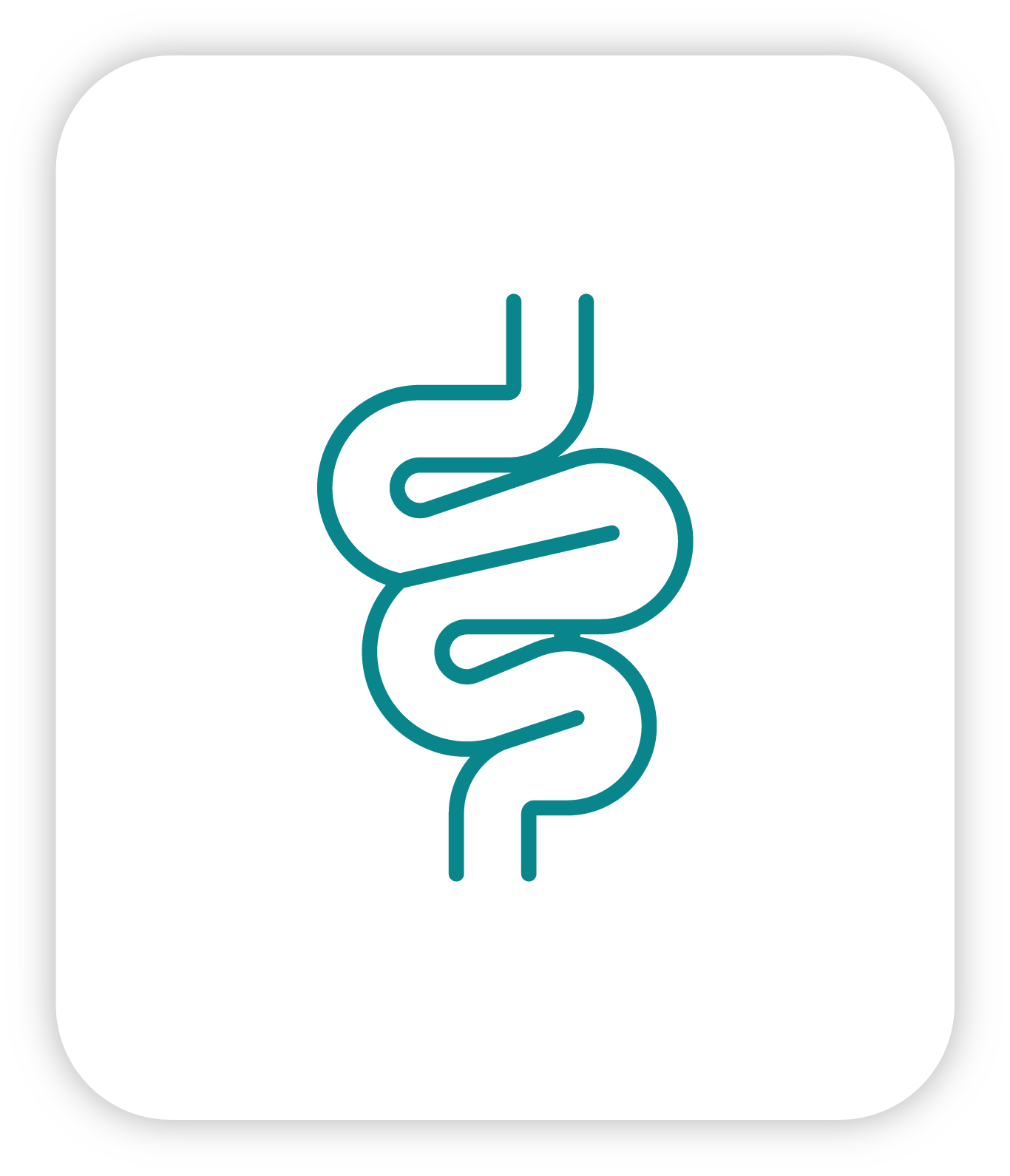
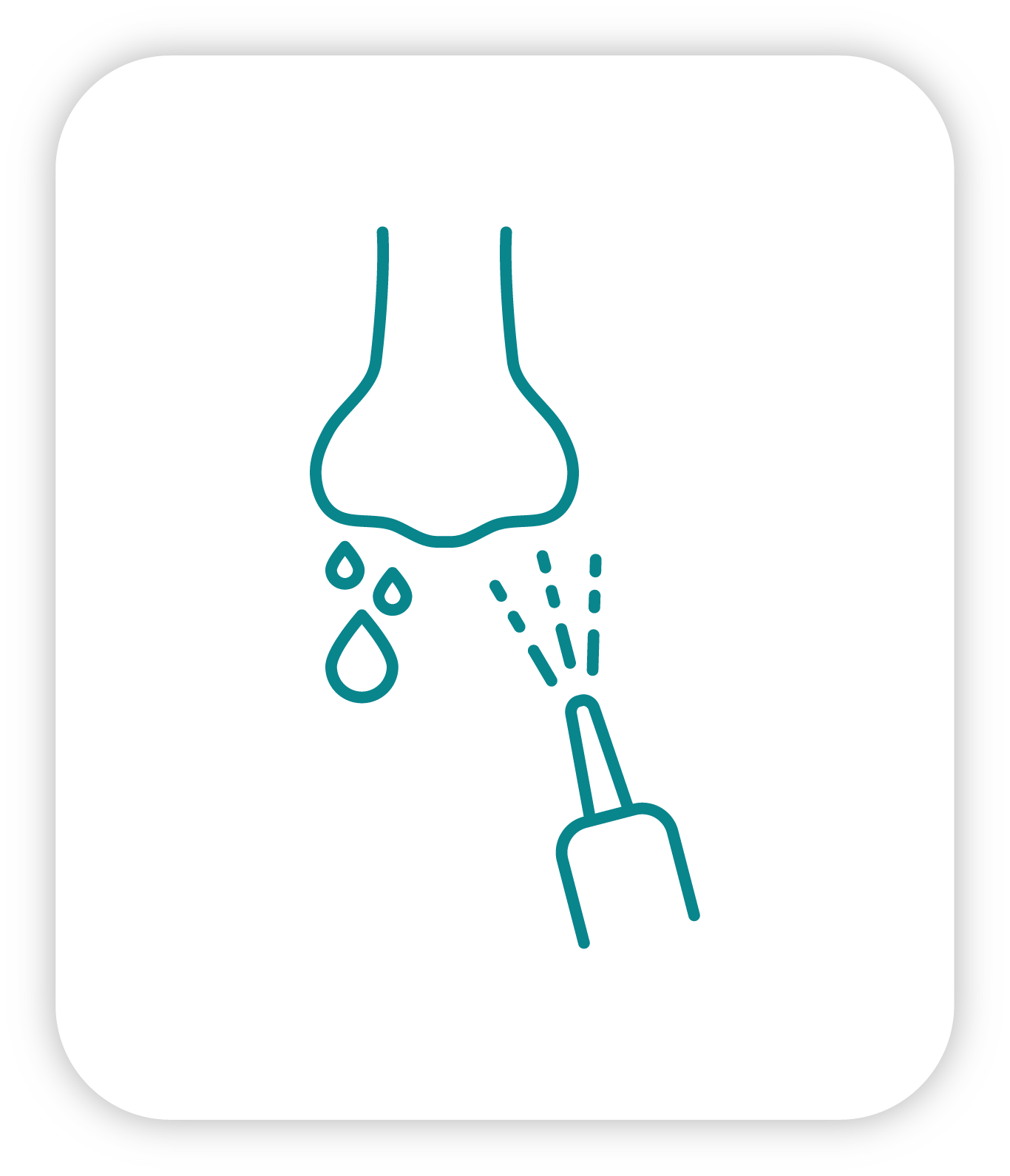


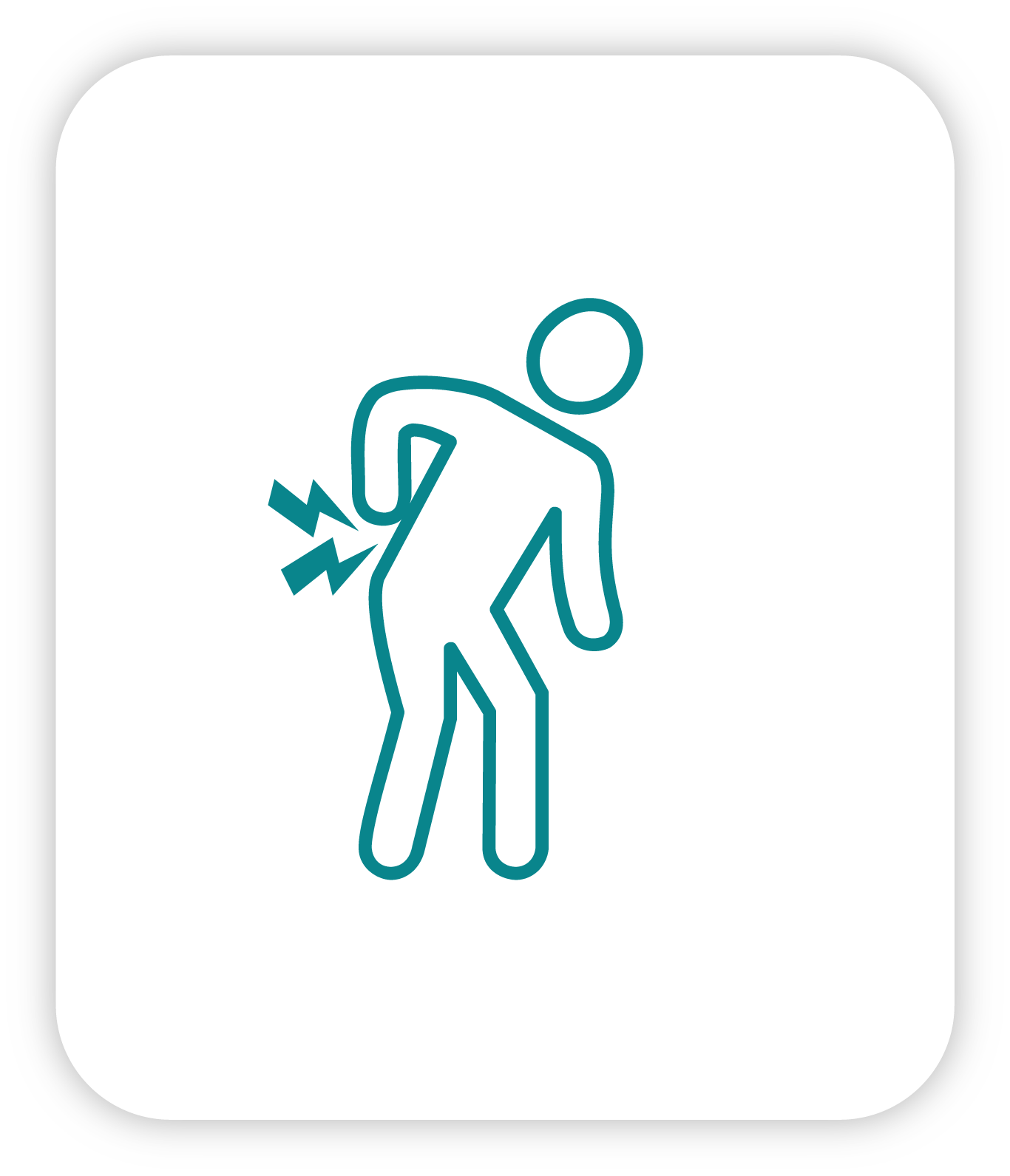
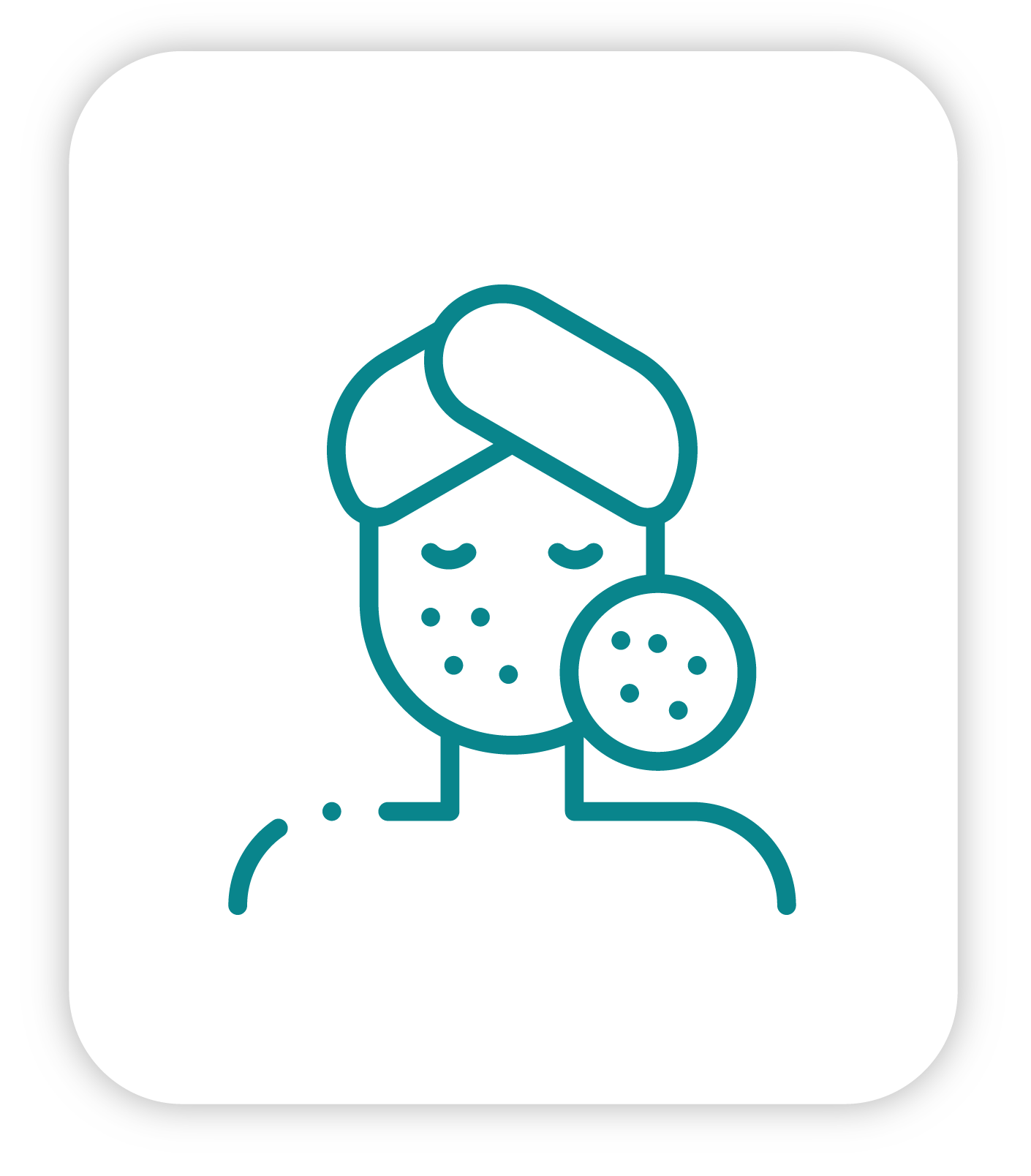
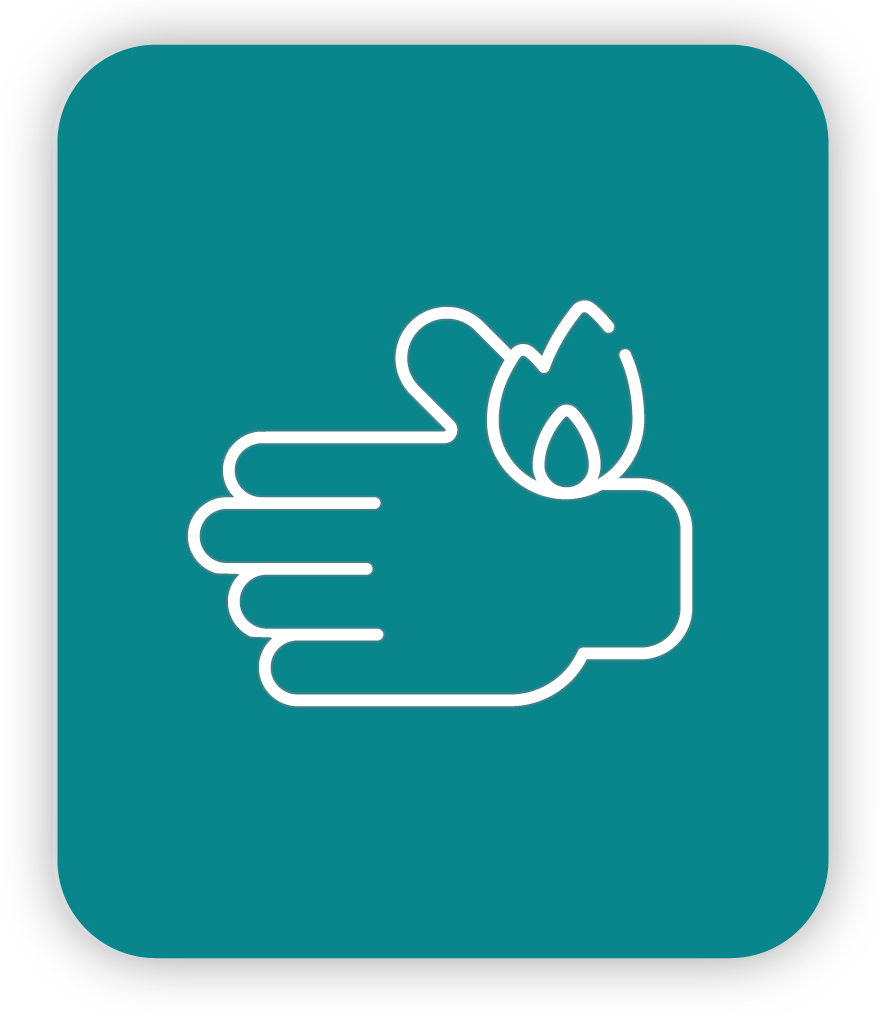

-desk5.png)
